This article will use traditional spellings for words using the Sḵwx̱wú7mesh (Squamish) language, with a note on its alphabet, pronunciation guide, and list of translations included at the end.
The Sḵwx̱wú7mesh stelmexw have lived along this coast for millennia.
Slhá7an̓ was once a seasonal village, and today it’s a reserve community sitting close to the shoreline in North Vancouver. The mudflats that once existed around False Creek were called Skwácháy̓s, meaning “water coming up from ground beneath.” At what is now called Stanley Park, people lived in a village called X̱wáy̓x̱way.
Many landmarks and communities of the xʷməθkʷəy̓əm, Sḵwx̱wú7mesh, and səl̓ílwətaʔɬ Peoples (known in English as the Musqueam, Squamish, and Tsleil-Waututh Peoples) were destroyed to make way for the city now known as Vancouver.
One displacement happened in 1913, when the city and provincial government forcibly removed people from the Sḵwx̱wú7mesh village called Sen̓áḵw in order to expand Vancouver’s city core into the area now known as Kitsilano.
The government ordered the families onto a barge that took them across the Burrard Inlet. The families were moved to the Squamish River area. Today, Sen̓áḵw is covered in concrete. The site, known as Kits Point, now houses the Vancouver Museum, Burrard Bridge, and Vanier Park.
This is the history Khelsilem wants people to remember when they talk about the Sḵwx̱wú7mesh plans for new housing at Sen̓áḵw.
The plans have received lots of attention, since they propose a high density of 3,000 units in a low-rise area.
“The reality is that if the City of Vancouver hadn’t used its tools in 1913, and the province hadn’t allowed it, and the feds didn’t have the laws in the books to allow for the forced relocation of our people… there would have been a Sḵwx̱wú7mesh community there now,” said Khelsilem, spokesperson and councillor for the Sḵwx̱wú7mesh Úxwúmixw.
“There would have been people who lived there for thousands of years and continued to do so.”
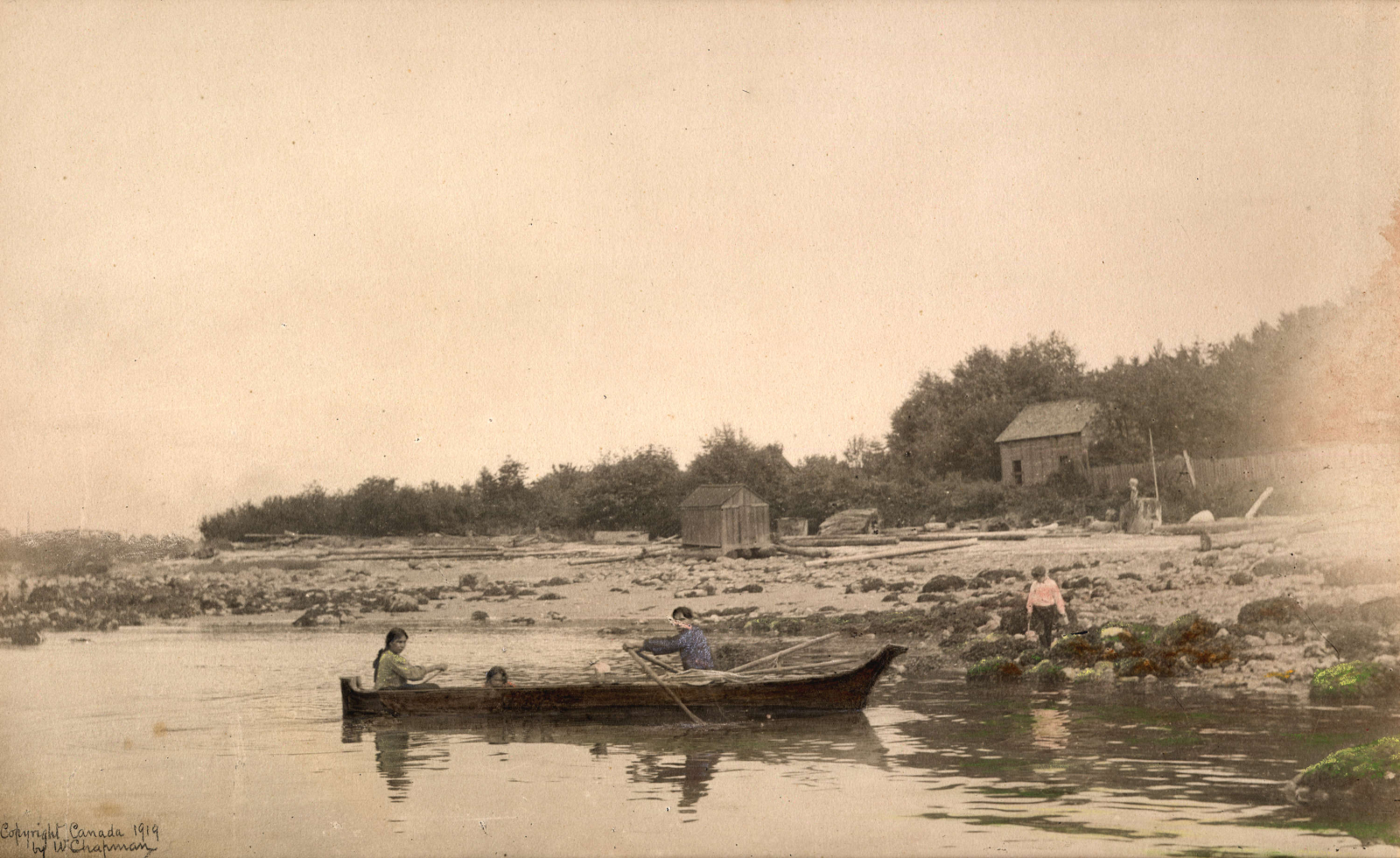
Now, after years in court and a landmark 2002 court decision allocating a portion of their traditional territory as reserve land, the Sḵwx̱wú7mesh Úxwúmixw is planning to build upwards of 3,000 housing units at Sen̓áḵw. Since it is on reserve land, the nation's council won't be restricted by city zoning laws.
It's one of the biggest urban Indigenous housing developments in the country, and its existence alongside the booming metropolis is complicated. Some in the Kitsilano neighbourhood say they deserve to be consulted, though the nation has no legal obligation to do so. Critics say consultation is a much too loaded word, since governments have often been accused of failing their duty to consult Indigenous Peoples.
Some, like Khelsilem, say it’s simply an exciting new age of prosperity and wealth for the Sḵwx̱wú7mesh Úxwúmixw.

A city in trespass
While the Sḵwx̱wú7mesh Úxwúmixw always remembered the history of Sen̓áḵw, a legal battle to reclaim the land began in earnest in the 1980s.
Canadian Pacific Railway (CP Rail) tried to sell land the company had been allowed to use for a railway, but to which it had never formally gained title. The narrow corridor was a small portion of Sen̓áḵw. Both the Sḵwx̱wú7mesh Úxwúmixw and the Crown argued that CP Rail had to return the land since it was no longer used as a railway.
The Sḵwx̱wú7mesh Úxwúmixw and Canada took CP Rail to court as separate plaintiffs. Canada argued the company had temporarily held the land for the Crown. The nation argued they also held title to the land.
In 2000, Canada gave the Sḵwx̱wú7mesh Úxwúmixw $92.5 million in an out-of-court settlement to settle outstanding claims, including more land around Kitsilano.
Two years later, the Supreme Court of British Columbia ruled CP Rail had to return the site to the Crown and it must be designated as reserve land.
The land, called Kitsilano Reserve no. 6, is less than half the traditional land people held there before being displaced.
Khelsilem said he wants the public to know how hard the nation fought for the land, and the fact that it was not simply ‘given’ back.
“The return of this land was the result of significant fights by our people to get it back,” he said. “It wasn’t through the good graces of the government. It wasn’t through the good graces of City Hall, or the feds, or the province to return this land to us.”
Even now, Khelsilem says the city is technically in trespass by its own laws.
After Sen̓áḵw was destroyed and Canadian Pacific controlled the land, the company allowed the city to build the Burrard Bridge across it. But the Sḵwx̱wú7mesh Úxwúmixw never gave permission for the bridge.
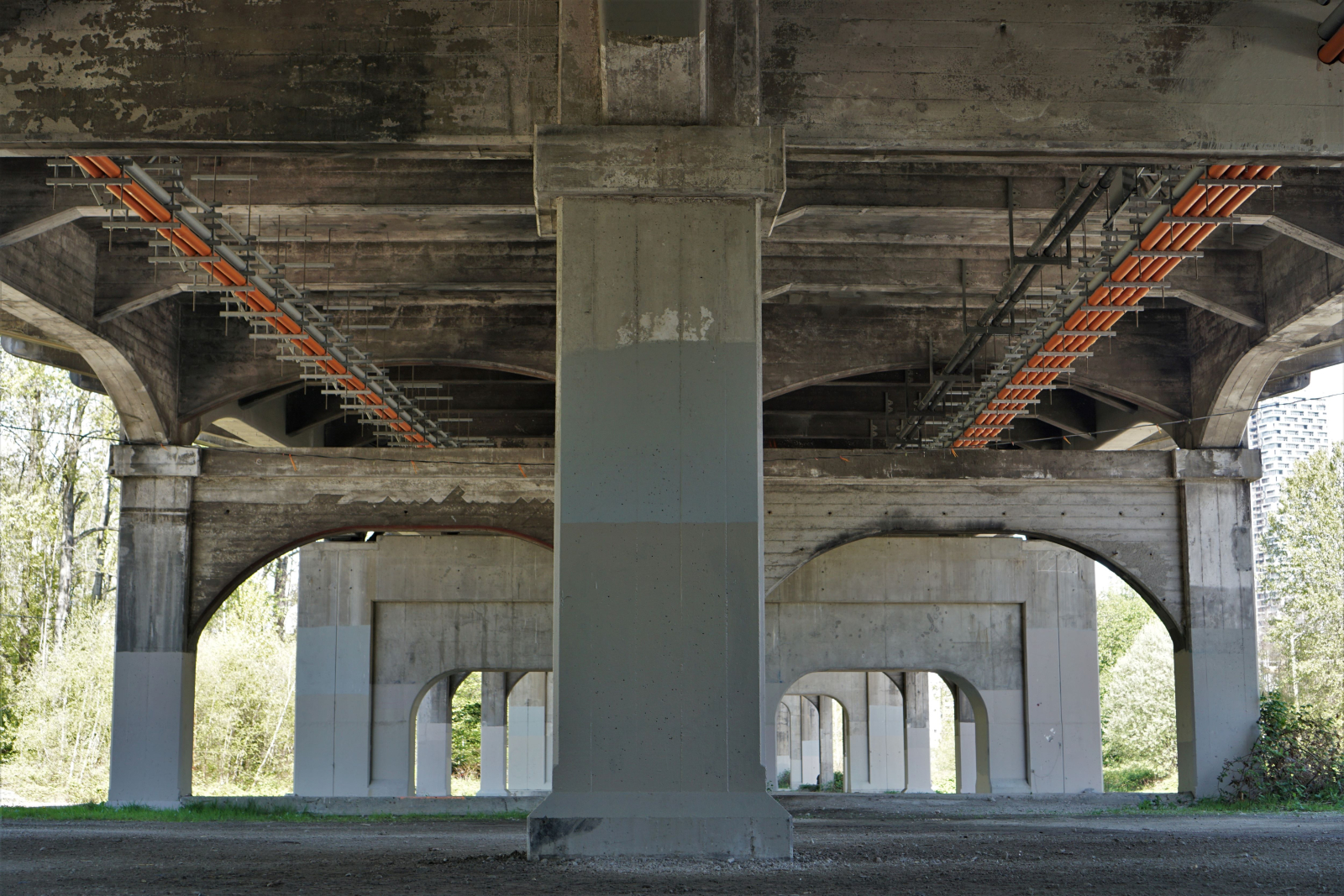
A private landowner can allow paths, roads and railways to cross their property by agreeing to grant right-of-way. The Sḵwx̱wú7mesh Úxwúmixw has done so for other highways and bridges that cross reserve land, like Lions Gate Bridge.
But right now, the Burrard Bridge sits on Sḵwx̱wú7mesh land and no agreement is in place.
“How to resolve a trespass is a bit of an unknown at this point,” said Khelsilem. “But it bears consideration.”
National Observer asked the city for its response to the right-of-way issue. A city spokesperson replied by email that “the legal complexity of this question would require significant staff time to answer and goes beyond the scope of a media request.”
Do Kits residents deserve to be consulted?
Kitsilano residents have shown excitement and concern with how the development will affect their neighbourhood. Since it is on reserve land, the Sḵwx̱wú7mesh Council will be making decisions around zoning and land use, not the city. They won't face the same restrictions, and they have the ultimate decision-making power.
Larry Benge is chair of the West Kitsilano Residents Association. He was interviewed for a News 1130 article that attracted attention for its headline, “Kitsilano residents hope First Nation will consult them on massive development plan.”
Critics pointed out the irony that Kitsilano residents wanted to be consulted on a development, when Indigenous Peoples hadn’t been consulted on the development of Vancouver and have been forcibly evicted and restricted to reserves.
“I do agree it’s ironic,” said Benge, referring to people’s reactions. “Was the Squamish Nation, when they were booted off of Kits Point, were they consulted? Of course not.”
Benge said neighbourhoods don't deserve veto power, but he still thinks Kitsilano residents should be part of the process due to proximity.
“This is a very tight site which sits in the middle of an established urban fabric,” he said.
Khelsilem watched responses to the article. He saw people in the broader public point out the irony, but there was a deeper response from the Squamish community.
“A lot of people from the community were angry or upset mocking, but also just really dismissive of the idea that the Sḵwx̱wú7mesh Nation would have to consult the residents. I think that’s just part of the conversation that people need to be aware of,” he said. “That for a lot of our people, the idea of consulting a neighbourhood that never consulted us feels like a bridge too far.”
Khelsilem says council wants to educate the public about what the land means to the Sḵwx̱wú7mesh community. He says they also want to engage with the neighbourhood on development plans once they have a proposal.
“Sometimes the feedback and comments that you get through that process actually improve the project,” he said.
Some nearby residents seemed excited at the prosperity the development may bring to the Sḵwx̱wú7mesh Úxwúmixw and to Kitsilano.
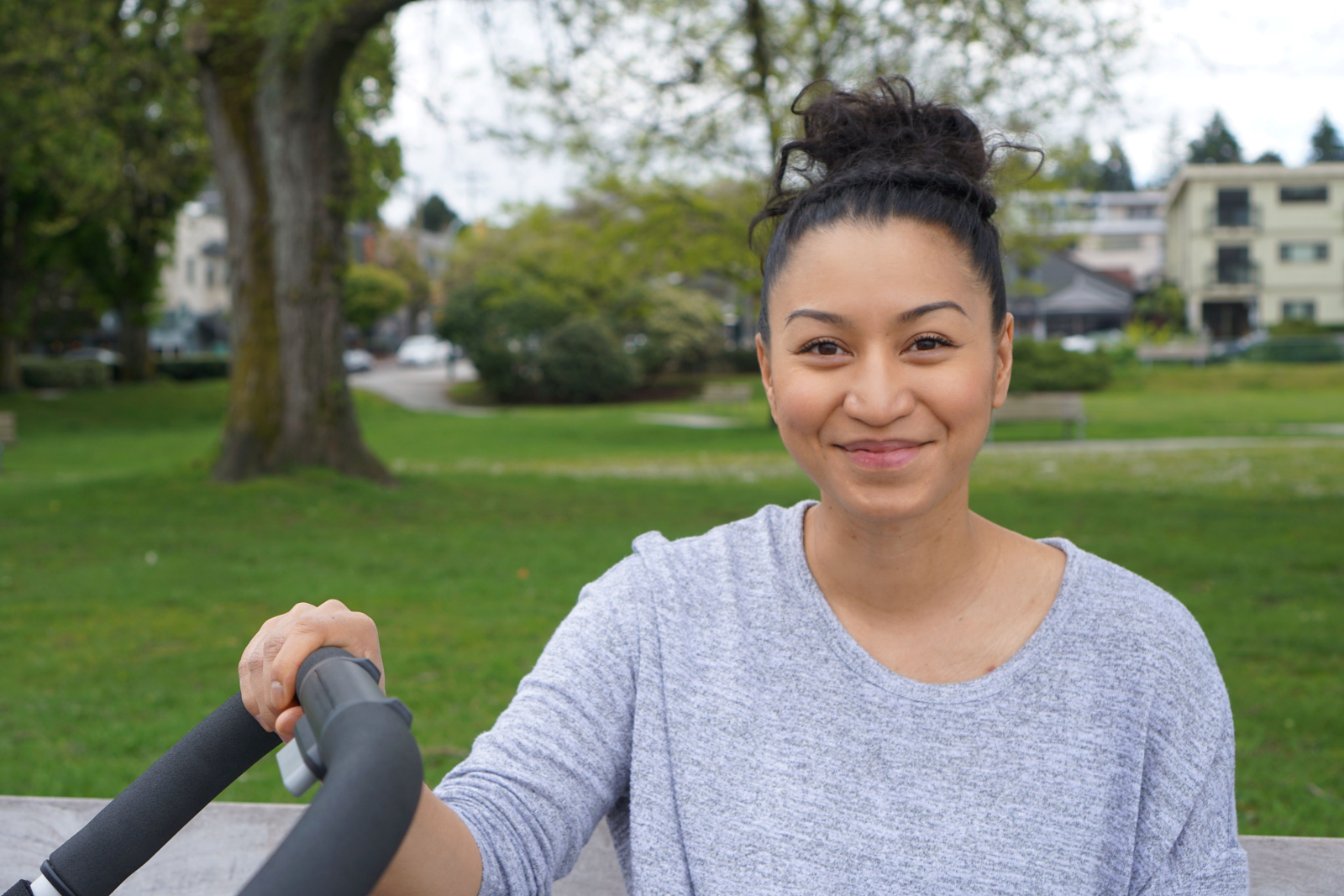
Samantha Flores is an interface designer at Electronic Arts Inc. who lives in Kitsilano, about a fifteen-minute walk from Sen̓áḵw. She has a baby just over a month old whom she walks down to the beach.
She says 3,000 new units could ease some of the stress she and her husband feel about whether they’ll be able to stay in the neighbourhood. They have lived there for five years.
“We know our rent is a lot cheaper than everyone else that’s moving in right now. We’re always worried because I feel like I’ve seen other people get renovicted,” she said, referring to landlords evicting tenants to accommodate a renovation, after which they can rent to new tenants at a higher rate. “If that were to happen to us, I don’t know if we’d be able to stay in Kitsilano. So, if there’s more rental units in Kits, I think that’s a good thing.”
Flores hadn’t heard the history of Sen̓áḵw before hearing about the development. She said she’d like to see the history built into the site, as the nation plans to do.
“Vancouver’s a young city. There’s a lot of history that we don’t know. There’s a lot of older cities that I’ve visited, and they show all these roots and how the land has evolved over time, and we just don’t have a lot of that here,” she said.
Flores said she'd be satisfied with the nation hosting some Q&A sessions so anyone with concerns could get more information.
Jeremy Baum is manager of the Cantina Pana restaurant on Cornwall Avenue, a few minutes walk from Sen̓áḵw. He said some small businesses struggle to get by with the small population in Kitsilano, and they could use four or five thousand new residents.
Baum also didn’t know the history of Sen̓áḵw until he heard about the development.
“We are, across the nation, not giving enough rights, justice, or tribute to the land in which we have developed,” he said. "Our community should be very grateful, and very respectful of that.”
Baum said he’d like to see the Sḵwx̱wú7mesh Úxwúmixw engage with the community, but consulting is “not the right word.” Instead, he prefers inclusion.
“Discussion, and shared opinions, those types of things…making things inclusive, making things accessible,” he said.
‘A new type of wealth’ for the Sḵwx̱wú7mesh Úxwúmixw
It’s too early in the plans for the nation to make projections for how much the project will cost or what returns it will bring.
Toby Baker is the CEO for the Nch’kay Development Corporation, a new economic branch of the Sḵwx̱wú7mesh Úxwúmixw, which is taking over business management decisions from council.
He said focusing on rentals makes more sense for the nation than one-time payoffs from unit sales.
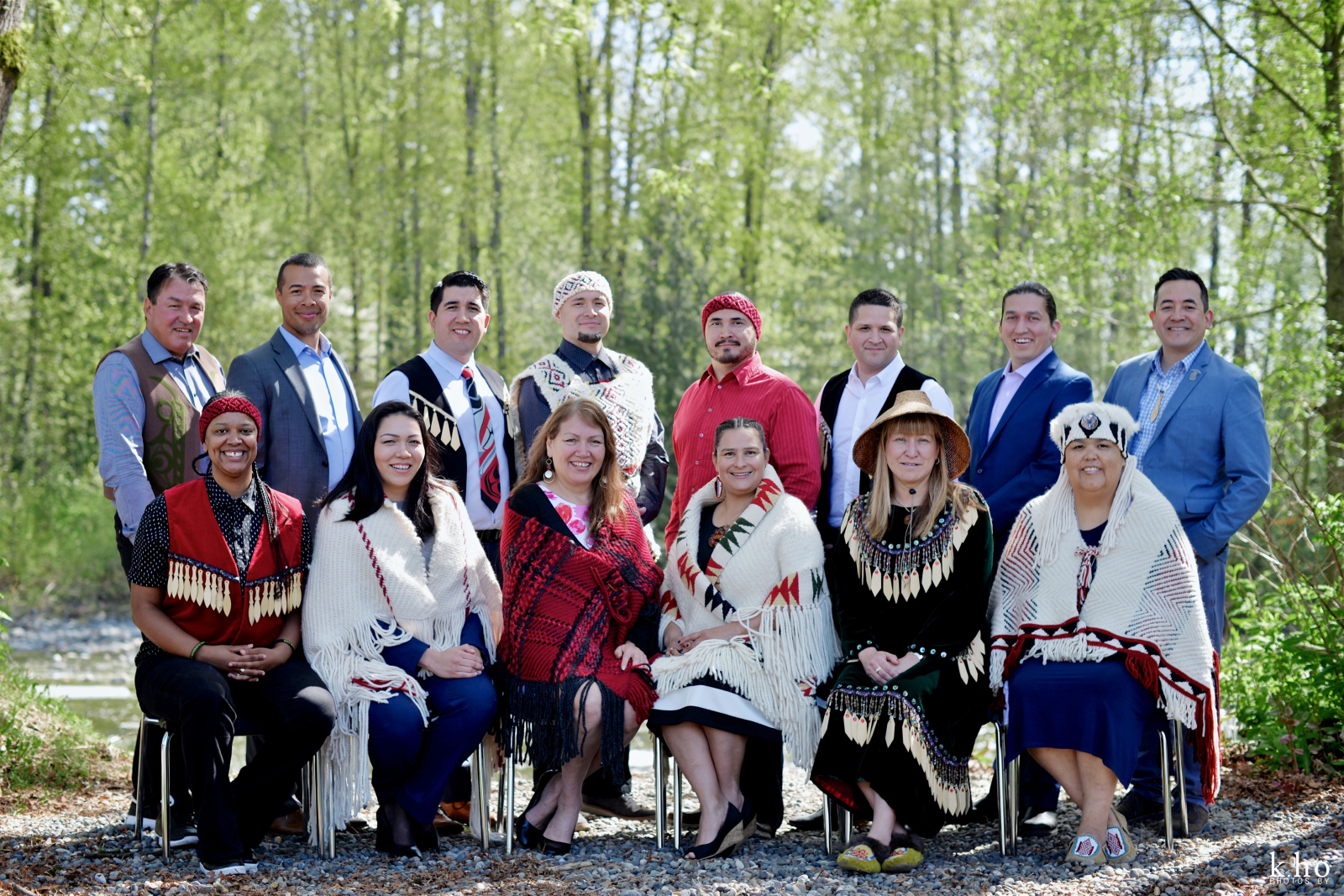
Baker said housing and education are probably the top priorities for uses of revenue.
The nation is working with a potential development partner. The next phase will be going to the community to share the project and seek the endorsement of members.
Baker said it’s exciting “to have the project be shaped by the feedback that we receive from membership.”
The nation is also working on services agreements with the city for things like water and waste removal. After that, construction can begin on the first phase.
Khelsilem hopes to begin construction within a few years, and for the project to be the first of many new endeavours.
“My vision, and the vision that’s been expressed by a lot of my colleagues on council, is that this becomes the first wave of a new type of wealth we can create for our community, and that wealth can be generated in order to provide the much-needed support and resources for our community,” he said.
“We see the amount of wealth being created. Our community expects us to be smart about it and to take advantage of the opportunities that exist. And we’re finally going to start doing that… I just feel like Sen̓áḵw is going to be the beginning of the dam breaking.”
Note on the Squamish language
Sḵwx̱wú7mesh was historically an oral language without a formal writing system.
The alphabet, which was adopted in 1990, accounts for the language's glottal stops (like in the English word 'button' when the t is not fully enunciated) and other sounds not typically used in English.
Kwi Awt Stelmexw, a non-profit organization founded by Khelsilem to revitalize the language, provides a rundown of the alphabet here.
Translations to English
Sḵwx̱wú7mesh stelmexw: Squamish People
Sḵwx̱wú7mesh Úxwúmixw: Squamish People, villages and community. Used to refer to the Squamish Nation, the governing body recognized by the federal government according to the Indian Act
Sen̓áḵw: “inside at the head.” Name for the Sḵwx̱wú7mesh village at what’s known today as Kits Point
Slhá7an̓: Squamish village known as the Mission Reserve
Skwácháy̓s: whirlpool, water spring, or “water coming up from ground beneath”
X̱wáy̓x̱way: “sx̱wáyx̱wi mask place.” Name for a Sḵwx̱wú7mesh village in what’s known today as Stanley Park
xʷməθkʷəy̓əm: Musqueam People, or “People of the River Grass.” Spelled in the Musqueam language, hən̓q̓əmin̓əm̓.
səl̓ílwətaʔɬ: Tsleil-Waututh People, or “People of the Inlet." Spelled in hən̓q̓əmin̓əm̓, which is also the language of the səl̓ílwətaʔɬ.
Sḵwx̱wú7mesh words included with the help of squamishatlas.com which also includes audio of place names around Vancouver.
Editor's note: The reporter for this article, Stephanie Wood, is related to Khelsilem.

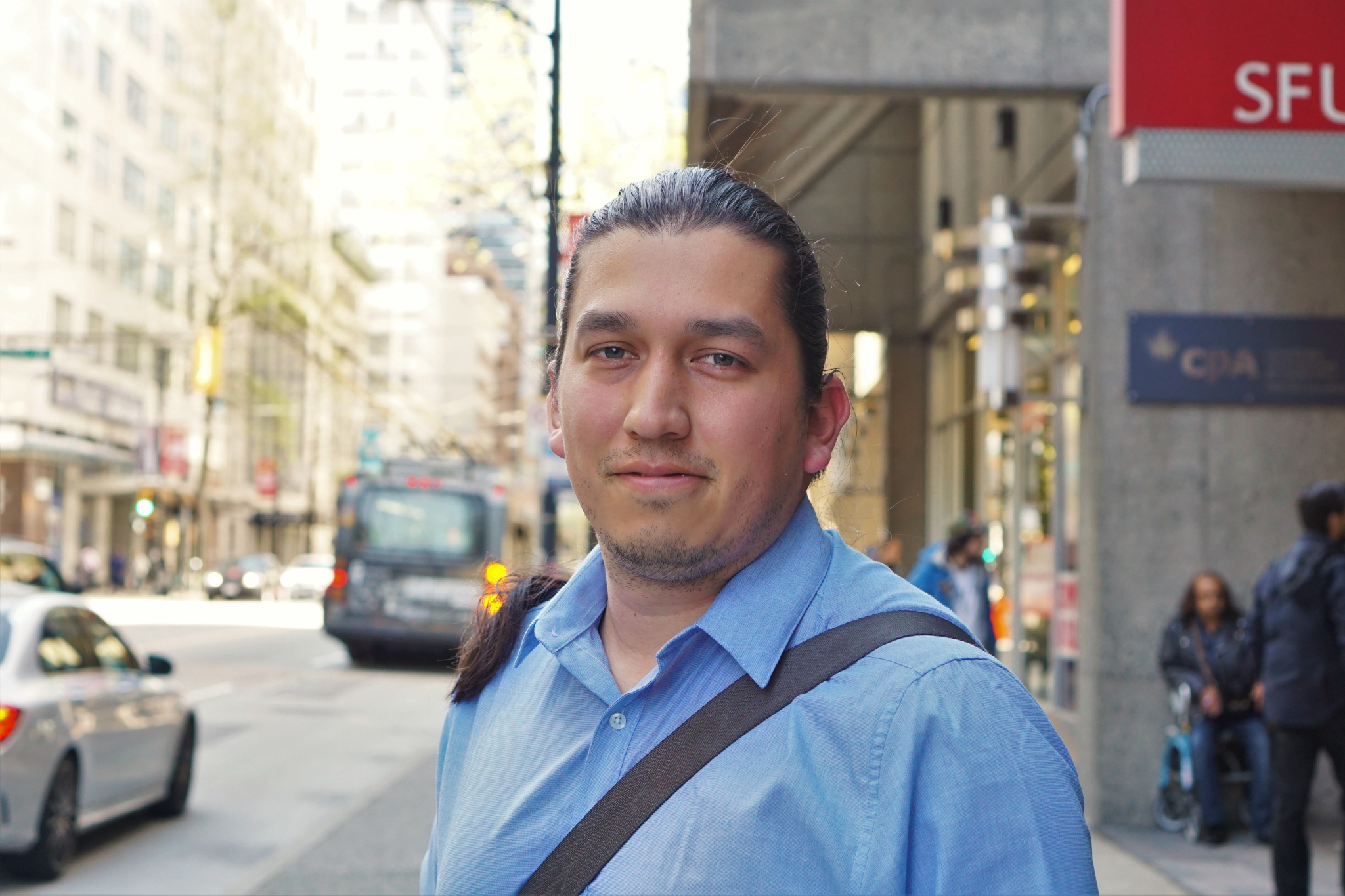

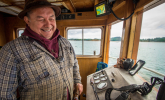

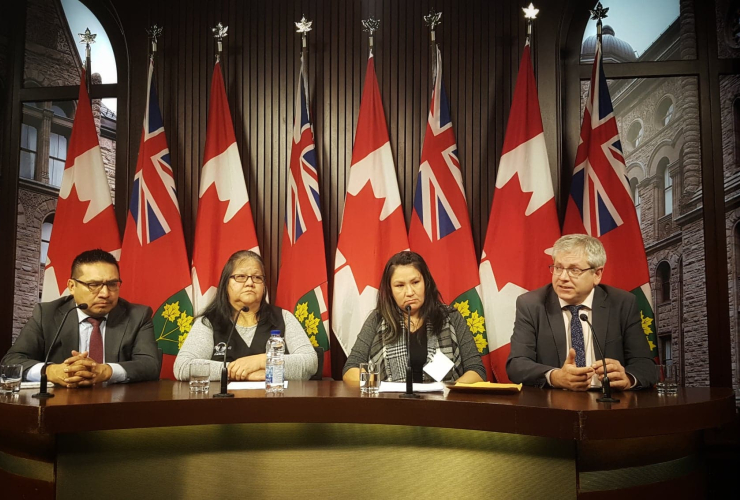

Comments